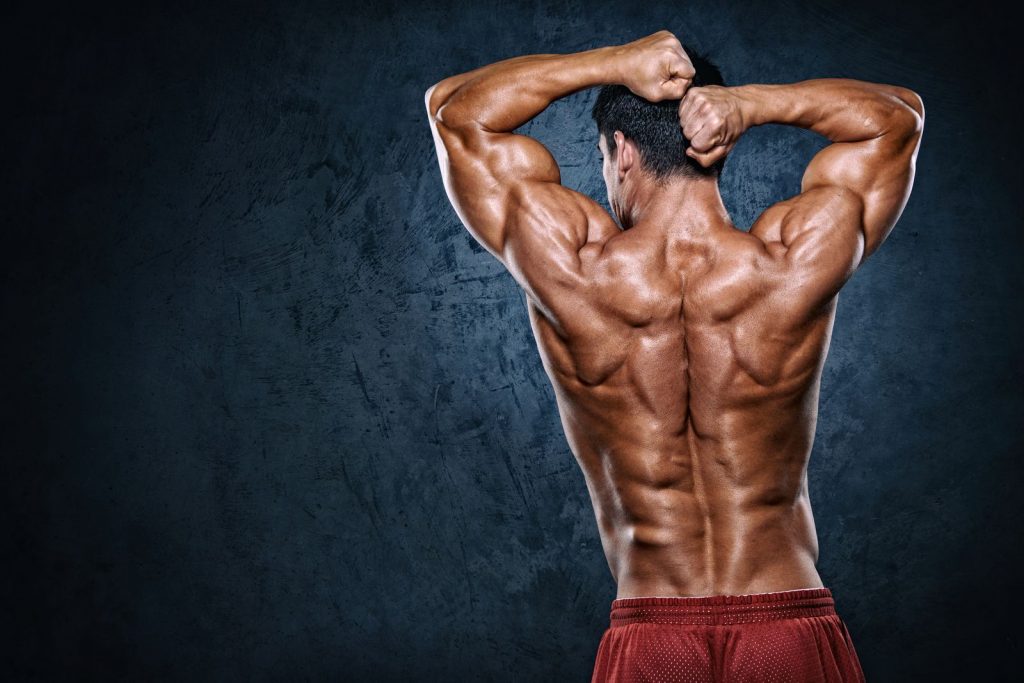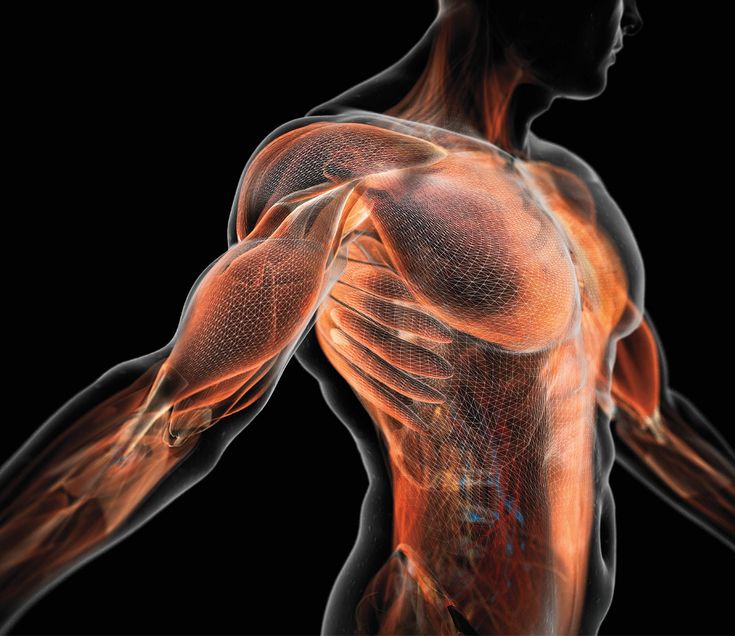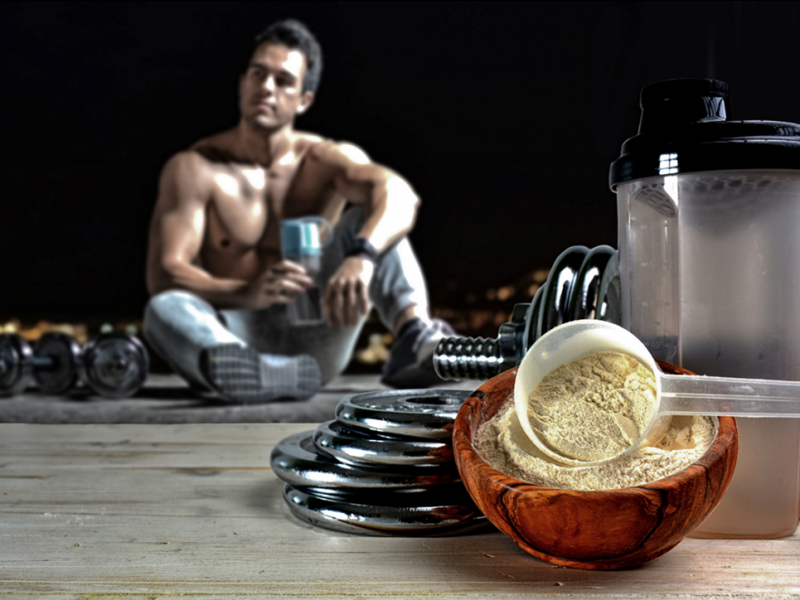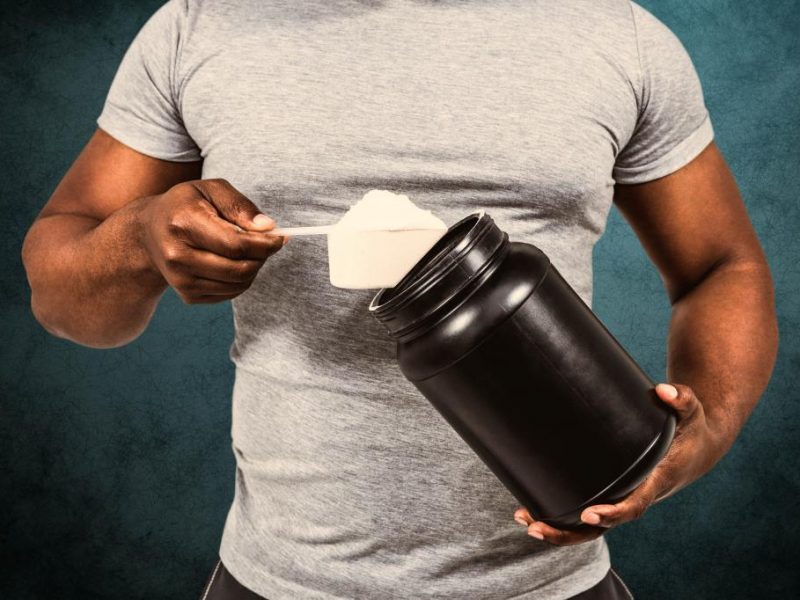Knowing selecting exercises will not only contribute to better performance or guarantee results, it will also reduce the chances of obstructing progress.
The goal of every athlete is to achieve their goals by training, dieting and following the routine of habits; For this, the process of selecting exercises is vital to achieve the maximum gain in muscle mass.
Our professional MM Fit coach, Sergio Molina puts us into consideration what are the keys to doing it.
Obviously, one must think that there are exercises that are poorly done, but from the point of view of effectiveness, there is something else to know.
Select exercises is vital
When we talk about optimization for selecting exercises , we have to bear in mind that this factor becomes very important there.
At the end of the day, exercise is the way, it is the way, by which we obtain muscle mass gain and body fat loss.
Exercise is the stimulus that will give us the effect to provoke hypertrophy adaptations
By knowing how to select exercises and complying with the other principles such as training to failure, muscle or technical, we could optimize its functionality.

Failure to do so, or simply doing it poorly, either wastes time or increases injury options.
There is also a risk of overtraining or reaching those horrible plateaus that in addition to being frustrating, are sometimes irreversible.
Sergio leaves us an example of this:
- A person who wants to generate hypertrophy and starts training.
- Start doing CrossFit or Weightlifting with exercises like the “Clean and Jerk”
- It is clear that with this type of exercise optimization will not occur because it will generate too much fatigue and too little stimulus to gain muscle mass.
An analogy is with food;
- If you are in the kitchen and want to make a biscuit or a cake, you have to make a good selection of ingredients.
- This selection ranges from sugar to eggs so that the recipe comes out the way you want it.
Well, the same thing happens here, here we have to optimize the process of selecting the exercises because it will be the main way.
In this sense, this main route will serve us in a unique way to generate that stimulus and thus reach those adaptations that we want.
Individuality when selecting exercises
Individuality comes into play here, because not everything is black and white; there is a brutal grayscale and this will depend on each subject.
Therefore, here according to the levers, according to the muscular feeling, according to certain factors, it is going to make an X exercise (for example a squat), it is better for Paco to develop the quadriceps, or perhaps that same Squat will generate more stimulation in Fernando to stimulate the glutes.
The morphology and the different levers come into play here; that one has a longer femur than another, because that will vary the technique.
Depending on the individuality, the stimulus and muscle activation will vary, as well as the demands of each muscle group.
Consequently, when starting to select exercises it must be clear that this factor is also important.
The factors for selecting exercises
Above all, the four main factors that Sergio Molina considers most important when selecting exercises will come into play here.
- The stimulus-fatigue ratio.
- The athlete’s progress.
- Muscle feelings.
- The resistance profile.
To achieve hypertrophy, each and every one of the exercises must allow overloading and stimulating each muscle group in the most efficient way.
This is not to say that some exercises are not inherently more effective than others, however according to studies and the experience of many renowned trainers and bodybuilders, training programs should be around compound exercises.
Compound exercises that stimulate multiple muscle groups will be more effective and efficient in stimulating hypertrophy, leading to maximum progression (1).
This is not to say that isolation exercises should not be used, they absolutely can, but that priority should be given to compound exercises.
Consequently, in addition to individuality and key factors, when structuring a workout, it makes more sense to put compound exercises first when the body is not yet fatigued, which will make performance as high as possible.
The stimulus-fatigue Ratio
As a first key, it turns out that as I said before, in the end if you start doing weightlifting movements, complex movements, Olympic movements, it will not be optimal because it requires a certain stimulus and fatigue.
- In the example of the “Clean and Jerk”, or snatch, which is an Olympic movement, we would have high fatigue.
- It would be a 9/10 fatigue and a 2/10 stimulus for hypertrophy, leading nowhere.
This stimulus-fatigue ratio, which is how it is known, is really what this stimulus is going to dictate regarding fatigue, but we should not go to the other extreme either.
Thinking about this, we could think that only the analytical exercises, the mono-articular exercises for example, such as a pulley crossing, when feeling so much the pectoral, maybe when feeling so much in that shoulder adduction, we are going to achieve a lot stimulus compared to fatigue.
This is not always the case, because we also need fatigue to grow, therefore the global stimulus must be taken by selecting exercises to gain muscle mass.
A squat surely offers a much lower stimulus-fatigue ratio than a quadriceps extension or a leg extension.
But what happens? In the end, the squat is going to cause us such a brutal stimulation of everything, practically, the lower body, which is very optimal to generate hypertrophy.
Therefore, here we have to take into account that, within this stimulus-fatigue ratio, we must also count other factors.
These factors are the muscular efficiency and the activation of the muscles and, above all, the muscular functionality, which does not occur in a mono-articular exercise such as the leg extension where the knee extends.
The stimulus-fatigue ratio: examples
When selecting exercises we have to take into account that, despite this stimulus-fatigue ratio, they must offer us great functionality like the compounds.
- In a bench press we do a shoulder adduction, we do a shoulder flexion, and these two actions are, for example, actions that the pectoral is in charge of.
- In a pulley crossing we are only doing a shoulder adduction, that is, a function of the pectoral, therefore, the overall stimulus that the pectoral is carried is less
As we can see in this example, it can be compared perfectly, because we are developing a function at the pulley junction,.
Instead in the bench press, we are doing that shoulder adduction and that shoulder flexion, which are already two functions.
It also happens in the chin-up or in the oars for example;
- When analyzing the high pulley pull-over row, we are only causing the shoulder extension which is a function of the lats
- In this exercise, shoulder adduction is not given among other functions, especially scapular retractors.
- In this case, it would also be a stimulus for all that middle trapezius, that rear deltoid, etc.
To conclude, then, when selecting exercises , the global stimulus must be accounted for, despite the fact that, perhaps, the stimulus-fatigue ratio is not so favorable compared to the majority monoarticular or analytical.
The progress
We also have to take into account progress when selecting exercises ; here progressive overload is what we must improve in the short, medium and long term.
This goal is achieved by moving kilos or doing more repetitions for the same weight, varying or developing more stimulus in other ways.
That progressive overload we have to look for both being in caloric surplus, as in caloric deficit (in both scenarios).
Although obviously in caloric deficit, it will be more affected due to that recovery, but we have to look for this.
Taking this into account, the progress factor is linked to selecting exercises :
- If we select exercises that do not allow us to progress in load, to progress in repetitions in the same load over time, we are making mistakes.
- In this case, the scenario is not optimal to generate that adaptation that is going to do what is also called supercompensation, which is what makes us progress.
What type of exercises to develop also comes into play here, since we have to focus on the multi-joint over the single-joint and analytical ones.
What happens is that most of the multiarticulars will facilitate progressive overload, on the other hand, in the mono-articular exercises it costs more to go up on plates or dumbbell weights.
The progress: examples
In certain instances when talking about this, we do not always see athletes doing lateral raises with 25-30 kg, because they consider that the technique exceeds the effort of lifting a greater load.
Therefore, instead of doing lateral raises for the shoulders, it may be better to do a military press to progress.
Obviously when selecting exercises and depending on the context or what needs to be stimulated, things may vary, always taking into account the principle of individuality.
But as a general rule, those multi-joint exercises such as the military press, perhaps prioritizing it much more will facilitate that progressive overload and, therefore, the stimulus in the short, medium, long term without us stagnating.
For this reason, there are many people who spend many years in the gym and other beginners who make the mistake:
- They prioritize backwards; they prioritize analytical exercises, so what happens is that they lead to a great stimulus but, in the end, the progressive overload is not optimized.
- In this case, the stimulus is not optimized even if it is large and the body is not taken to its maximum potential, as it should be.
So for that very reason, keep this in mind because, in the end, these multi-joints have to be the basis when selecting exercises .
The muscular feelings
Another factor that is very important, and this factor is the most individual, are muscular feelings.
Exercising without feeling the work of the target muscle will not only slow progress, it can also slow us down by exacerbating muscle imbalances.
When we continue to train a muscle that we do not feel is working, it is natural that our body tries to work around this inefficient and numb muscle, modifying the motor movement to better recruit this muscle.
When selecting exercises , we should make sure to experience that feeling by feeling that the correct muscles are working as much as possible from the start of the first rep to the end of the last.
In most scientific studies, when you compare groups, when you compare different training protocols, what you see is that maybe the squat activates the quadriceps a little more.
- This exercise activates this a little more, but of course, these are averages of the populations that are used, that is, of the people that are used to carry out these studies.
- Basically, an average of, for example, 13 subjects is used, but of course, that average does not reflect the real result of each individual.
In this case Sergio Molina tells us that, afterwards, we have to extrapolate it to practice and science is fine, but we have to extrapolate it to experience and practice.
On the other hand for select exercises motivation and adherence also come into play, which in the end is the main basis, because without these factors we will have nothing, including muscular feelings.
The muscular feelings: examples
In the previous example, we can have Paquito who has a very long femur, and therefore, despite him, he does not stimulate the quadriceps, but he does stimulate the glutes (the posterior chain). What happens is that you are squatting ahead of the load a lot, focusing on that hip flex at the end.
Let’s remember that there are different demands for each person; The technique is individual for each person and when selecting exercises this must be taken into account:
- In a fully vertical squat there is more arm movement, with greater demands on the quadriceps.
- The main muscle involved and the one that takes the stimulus is the quadriceps, in contrast to a squat preceding the load, doing that low bar squat.
- In that squat, plus the exercise “good morning” due to that demand for strength, the stimulus is carried by the entire posterior chain, especially the glutes.
For this very reason, in the end, selecting exercises is of great importance individually, because that demand will tell us and they will be indicated by that muscular feeling.
This could apply to other exercises, where we feel the target muscles less and the others more; in this case, the change must be made to seek efficiency.
This is going to be influenced by motivation and adherence: muscular feelings also go through a subjective appreciation that will depend on each subject. In this case, a person who likes an exercise and progresses will find it less difficult to increase the load or modify her series, which will give her continuous feedback.

The resistance profile
And finally, it is to talk about the resistance profile when selecting exercises ; There are people who use the same types of exercises that stimulate in the same way in 3-4 exercises in the same session.
When the force demands are equal with a point of maximum demand (greater torque) in the middle of the exercise that is similar and on the same muscle groups, things are definitely not done well.
But, here comes the art of selecting exercises that attack the muscle from different angles and this is very important, because the objective is to give different stimuli to the same muscle group, the target muscle in a single session.
The resistance profile: an example
For example, in the case of the biceps, to some extent setting up a session with four exercises would be awkward because the resistance profile is the same.
The example would be to set up the session with the barbell curl, dumbbell curl, low pulley curl and hammer curl.
Even though you change the discs for a bar, for a dumbbell, for a pulley, it doesn’t matter but the demands are the same because the forces are the same and, in the end, the exercises don’t really exist.
There are forces that we have to overcome with our joints and muscles.
For this reason, attacking the muscle from different angles and looking for different resistance profiles is optimal.
This is because we are making sure that we comply with the full spectrum of stimuli that we can take for that muscle group, in the case of the example, the biceps.


